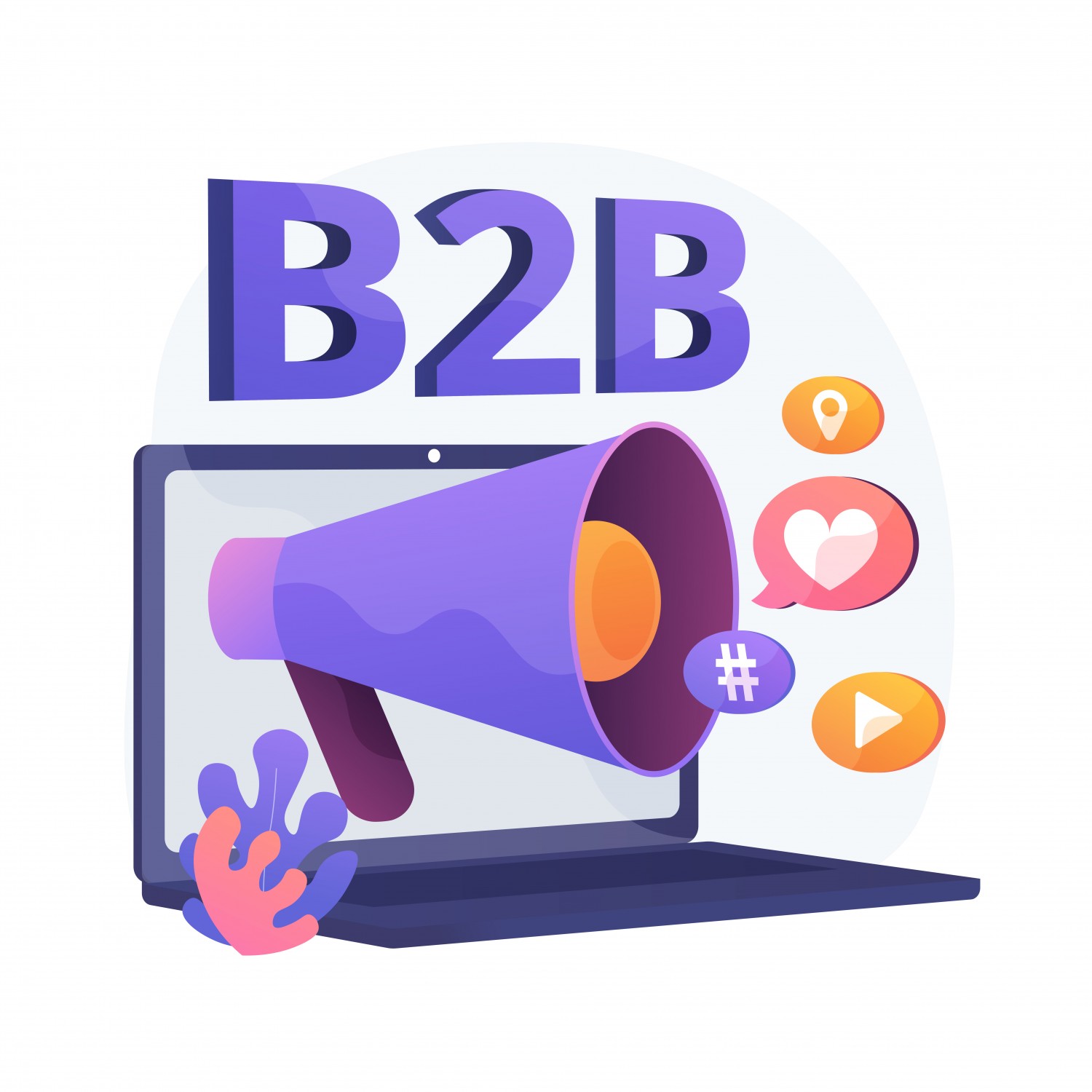If your startup manufactures a product or service specifically for another company, you are running a B2B (business-to-business company). Ideally, your buyers purchase your product/service as a component of their business structure or sell it to compliment what they offer to end-users. Giant companies like Coca-Cola, Jamf, Alibaba, and Amazon are few successful companies making their mark in the B2B world. Therefore, your target customers are different from individuals, who order products and services from websites and applications on impulse.
In contrast, firms you are selling to are keen on the impact of your product/service on their return on investment (ROI). Unfortunately, many B2B startups have fallen into a rut and are barely making sales, for several reasons:
•They do not understand how their customers’ businesses work.
•They keep doing the same thing, the same way, without results.
•They are oblivious to the power of social media.
The competitiveness in B2B marketing has robbed many startups of their relevance. If you are not applying the right strategies to scale your startup, it is only a matter of time before you are trampled upon by ruthless B2B companies that are giants in the same niche as yours.
Four Marketing Strategies for Startup Success
The good news is, you can take your spot at the top with these four B2B marketing strategies:
1.Research and understand your customers’ business
Since your product/service could stand a chance to "do them good", buyers expect that you find out if their business needs what you manufacture. And that is possible through online, as well as offline research. The importance of in-depth research of your target companies cannot be stressed enough, given that it will save you wads of cash and help you make more money, amongst other advantages.
Find out the uniqueness of your clients’ buying persona: will they be using your product/service exclusively to drive their business, or use it to gain traction from end-users? What is their company vision and who are their final consumers? Do your target companies mainly transact online, or do they prefer the traditional face-to-face meeting? What are their views about similar products/services, and how will yours stand out in their assessment?
Understand that there are human entities behind brands, and once get their attention for as long as it takes, it will be easy to close a deal with them.
2.Add value
When you have invested in your customers’ success, everything about your dealings with them will be value-driven. It is a fact that businesses that deliver optimal customer satisfaction outperform their competitors. In most cases, you have to wear your prospective buyer's shoes and walk briefly on them, to be able to develop ideas that will alleviate their pain points.
Additionally, go the extra mile of curating up-to-date resourceful topics in your industry, and write blog posts to enlighten them. Also, provide free, downloadable e-books, product tutorials, case studies, or how-to guides. Every effort you make in a bid to give your customers a positive experience (even if you overdeliver), will be graced with their long-term loyalty.
3.Stay innovative
Innovation is the lifeline of every thriving startup. As a novice, you may run some experiments with other successful companies marketing ideas. For example, you may build a chatbot like
Fly to engage your customers if you or any member of your support team is away. Fly asks personalized, straightforward questions, and generates helpful suggestions aided by the customer’s project needs. Its fast-paced replies make interaction lively and welcoming even to an impatient person.
You can reinvent and adapt your startup message and tone on different media platforms – snappy and upbeat for Instagram and Twitter, long and official for YouTube and LinkedIn. Decide to do unconventional things that will get people talking about your startup, thereby pivoting the word-of-mouth marketing approach. Anything worth trying is worth going the extreme length for.
4.Utilize the power of social media. If your business is yet to establish its social media presence, it’s missing out on a key channel for large-scale marketing purposes. Research by Content Marketing Institute (CMI) listed LinkedIn, Twitter, Facebook, YouTube, and Instagram as the five principal networks for B2B. And the percentage of users of these networks is 97%, 87%, 86%, 60%, and 30% respectively. This is such a potential enormous reach, and if you play the cards well, your business would likely not go underwaters.
Bear in mind that you will have to actively churn out engaging content, and tweak approaches from time to time to see the effect of social media on your business. Sometimes, keep promotional content at the back burner for non-promotional content like motivational quotes from thought leaders, funny behind-the-scenes pictures, trivia, and fun polls. Ultimately, your content should focus on customer-relationship; communicate like a human with emotions, and do not be afraid to show the vulnerable side of your business.
Comment sections on posts can be a way to express individual appreciation and display links for further information to questions.
Conclusion
The era of boring B2B startups is far gone. Now, B2B companies are stepping out of their comfort zones to market to businesses, the B2C way. You will make more sales as a B2B company by positioning yourself to bring value to your clients, understanding your customers’ business, being innovative, and hinging on the power of social media.

